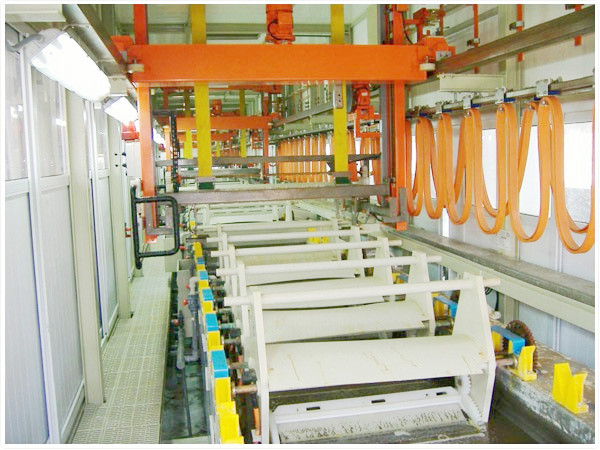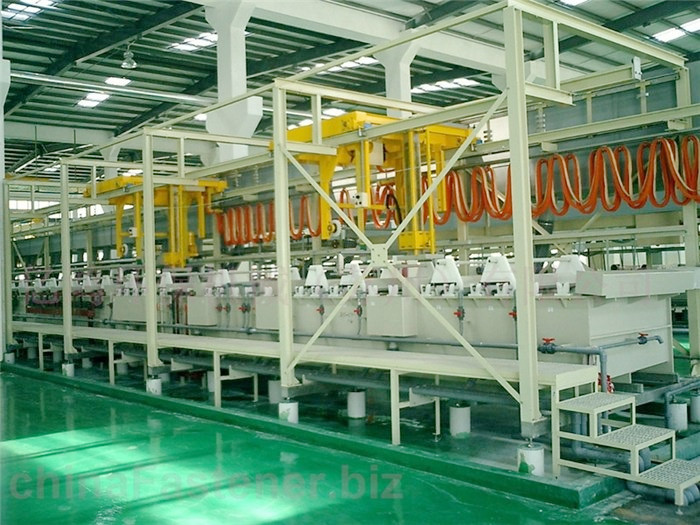1.Introduction
With the continuous development of productivity and social progress, various industries are advancing at an unprecedented high speed. However, the three waste materials generated in the production process pose a great threat to the social environment and human health.
The electroplating industry is an industry with high pollution, high energy consumption, and high water consumption. Electroplating rinsing wastewater usually contains cyanide, Hexavalent chromium, copper, nickel, zinc and other toxic substances. If discharged without treatment or simply treated, it will pose a great threat to the environment. In the new situation, the discharge standards for electroplating wastewater are constantly improving. The latest “Emission Standards for Electroplating Pollutants” (GB21900-2008) was released on June 25, 2008, and officially implemented on August 1, 2008.
2.Current status of electroplating wastewater treatment equipment
At present, most domestic electroplating enterprises adopt the “chemical precipitation treatment method” of mixed treatment of various wastewater, which goes through a series of reaction processes such as “chromium breaking cyanide breaking coagulation reaction precipitation” to remove various heavy metal ions from the wastewater. This treatment method cannot stably meet the old emission standards and is even more difficult to comply with the increasingly strict new standards.
The main reasons for its inability to achieve stable standards are as follows:
1) The dosing method is mixed dosing
The chemical precipitation system mainly relies on the control of dosing to achieve the gradual removal of pollutants. Improper dosing methods can result in low removal efficiency. For example, Sodium hypochlorite needs to be added under alkaline conditions (pH is about 10.5~11) for cyanide removal. Most electroplating enterprises adopt the method of mixing alkali and Sodium hypochlorite, which cannot completely break cyanide.
2) Unable to determine the midpoint of dosing
The appropriate dosage is very important for chemical precipitation systems. If the dosage is too small, it cannot completely remove pollutants. If the dosage is too large, it can easily cause secondary pollution to water quality. Currently, most electroplating wastewater treatment devices determine the dosage based on the operator’s perception of water quality, and there is no clear concept of dosage.
3) No post-processing device
Due to seasonal differences in production and the presence of plating solution, the discharge volume and water quality of wastewater from electroplating enterprises are unstable. Without a post-treatment device as a protective system for chemical precipitation, it is difficult to achieve stable and standard discharge.
In response to the current situation, our company has conducted on-site investigations and analysis of the current situation of multiple electroplating enterprises and proposed a plan for the renovation and upgrading of electroplating wastewater treatment facilities – “worry free chemical precipitation”. It has been implemented in areas with concentrated electroplating such as Danyang and Changzhou in Jiangsu. Currently, more than 20 completed projects have been completed, and the new method shows its unparalleled superiority.





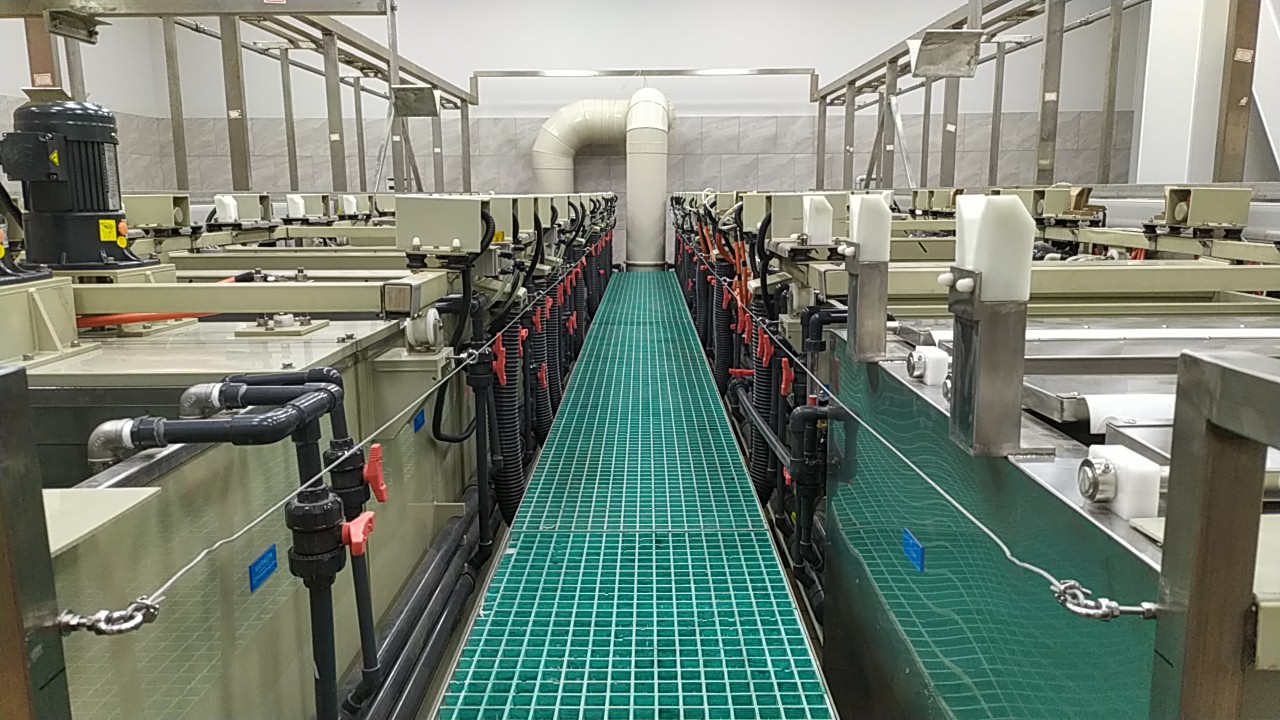
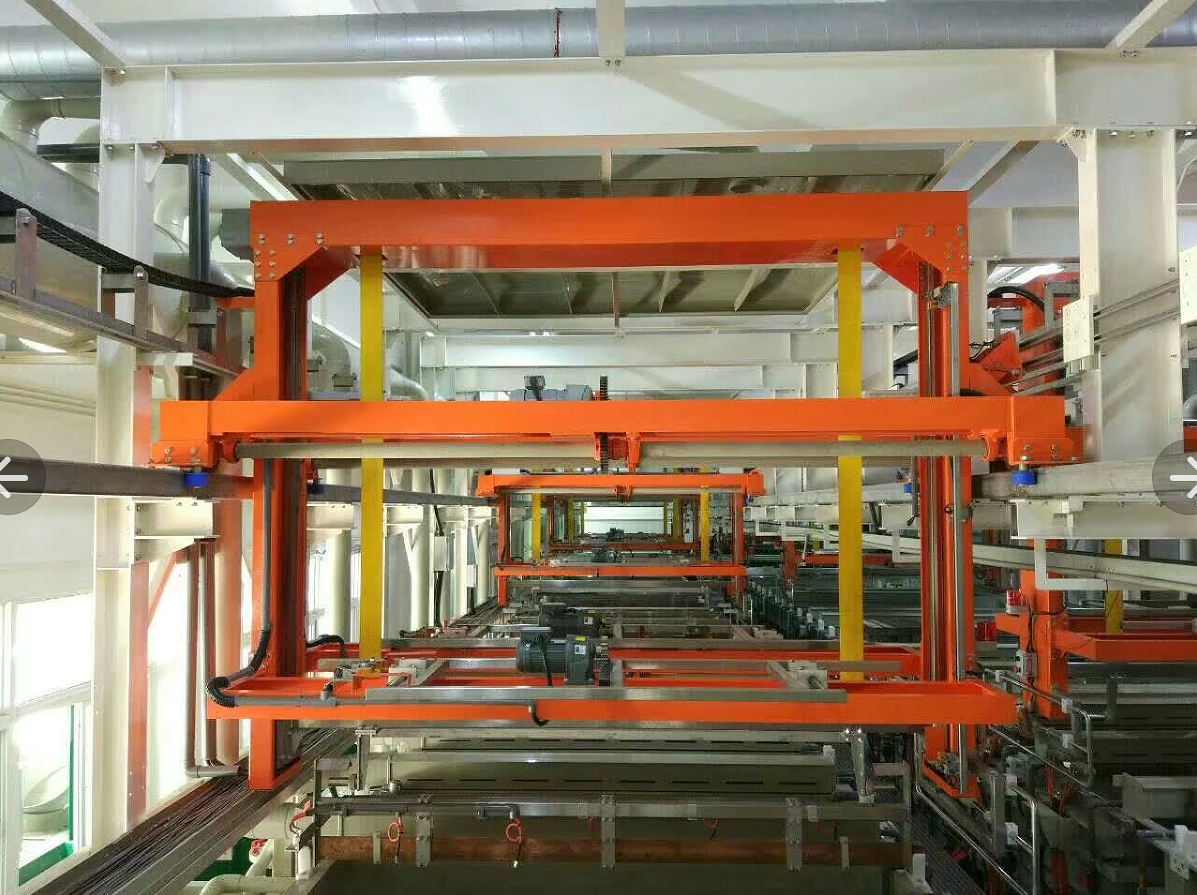
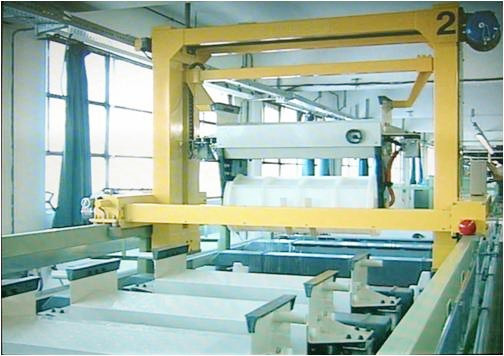
 Nov. 09, 2021
Nov. 09, 2021 